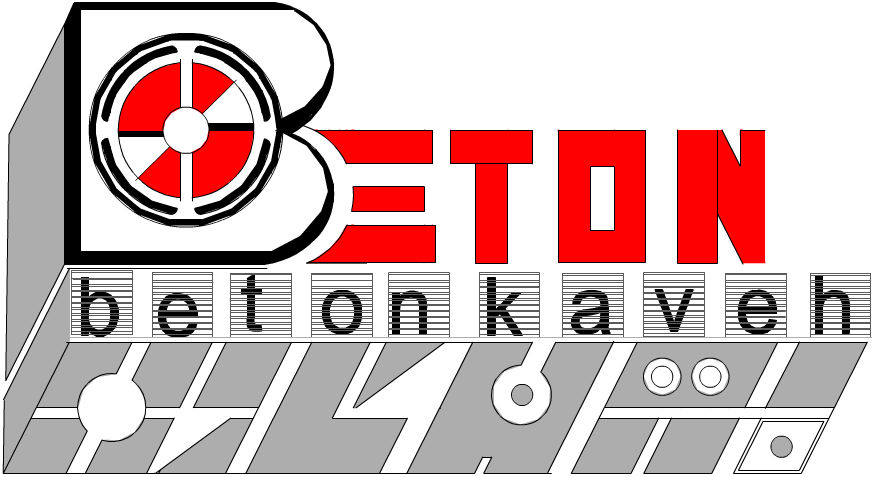Precast concrete is an extremely practical material that can be used to construct walls, gates, and fences for all kinds of applications. Here are questions and answers on precast concrete and its uses.
How is precast concrete for walls, gates, and fences made?
Precast concrete is shaped in metal or polypropylene molds in a factory, rather than cast on the building site. Depending on the intended use, it is frequently reinforced with steel. Components are manufactured and cured under controlled conditions, rather than the variables faced when concrete is poured in place out of doors'.
Does precast concrete stand up well to climate and other outdoor conditions?
The in-factory casting and curing means the concrete's quality is precisely standardized. It also ensures that your structure will be solid and durable, even in the harshest climate. Precast concrete, gates, fences, and walls have a long list of attributes: They're wind- and earthquake-resistant, fireproof, insect-proof, and rustproof; nor will they rot, mold, fade, or warp with time
How does installation compare with conventional materials?
It's faster and less costly to install precast concrete walls, gates, and fences than conventional materials, such as wood, bricks, blocks, or poured-in-place concrete. Precast walls or fence panels are flexible to use and easily "custom-fitted" to your site, no matter how uneven the surface may be.
What type of maintenance is required?
Virtually no maintenance is necessary. Once you've completed the precast concrete fence or wall install, that's it. You will not have to pay for painting, oiling, resealing, rust removal, etc. . Repair is equally uncomplicated, since individual components can be replaced if damaged -- there is no need for time-consuming and expensive repairs to the entire structure.
What can precast concrete fences, gates and walls be used for?
There is a wide variety of potential applications, including:
Marking the boundaries of your property in a neat attractive way.
Containing cattle, horses, and other farm animals.
Acting as a windbreak.
Serving as a retaining wall on a steeply graded plot of land.
Written by Laura Firszt



